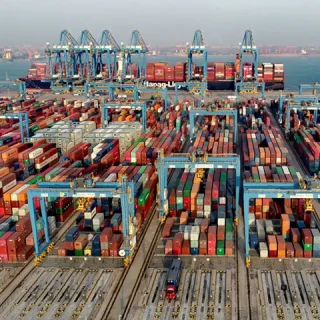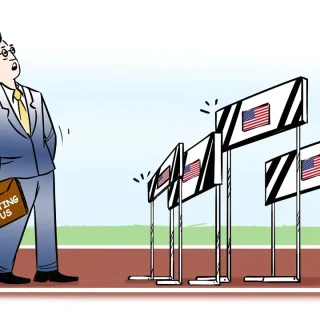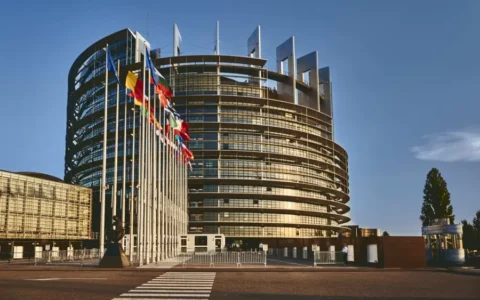The U.S. investor immigration landscape has entered a transformative phase with the Reform and Integrity Act (RIA) of March 15, 2022, revitalizing the EB-5 program, a primary avenue for foreign investors seeking U.S. green cards. This act has introduced crucial adjustments that notably enhance the process for investors, especially those from backlog-heavy countries like China and India.
Historically, the EB-5 program has been fraught with long waiting periods, particularly for applicants from countries with high demand for U.S. visas. The introduction of the RIA has strategically addressed these delays by incorporating set-asides that prioritize processing for investments in specific development areas. These set-aside categories target high unemployment areas, infrastructure projects, and rural development, creating a fast track for investors who channel their funds into these sectors.
The EB-5 program initially began in the early 1990s, aiming to attract foreign capital to the U.S. while creating American jobs. It evolved to include a regional center model, which became predominantly popular. This model allows investors to contribute $800,000—reduced from the standard $1,050,000—into a project managed by a USCIS-approved regional center, rather than directing their own venture. This setup counts both direct and indirect job creation, simplifying the compliance with the job creation requirement of the program.
The most significant advantage introduced by the RIA is the priority processing feature for set-aside investments. This is particularly beneficial for investors from countries like China and India, where the demand for U.S. visas significantly surpasses the supply, leading to prolonged wait times—often extending over a decade. With set-asides, these investors can now expedite their immigration process by investing in designated priority areas.
Experts anticipate that the visas allocated for these set-aside categories will not face the typical backlogs and should remain current for at least the next one to two years, providing a substantial window of opportunity for eligible investors.
For foreign investors aiming to navigate the EB-5 route, understanding these new regulatory landscapes is crucial. The RIA not only opens the door to faster immigration processes but also aligns investors with significant developmental projects that benefit the U.S. economy. This strategic alignment ensures that while investors achieve their immigration objectives, they also contribute positively to critical economic sectors in the United States.










